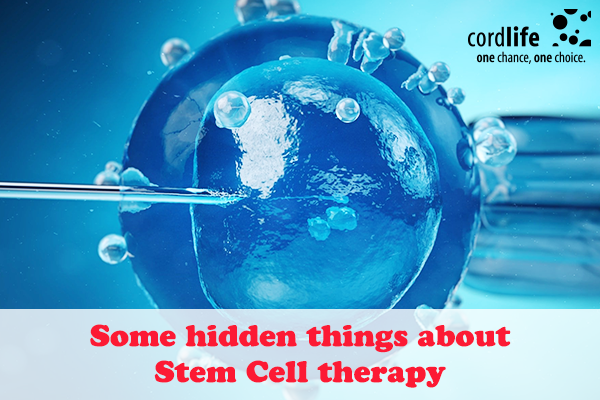Table of Contents
Stem cells can help us in treating various types of diseases as well as various other kinds of health disorders. They are proved to be used as the blood stem cells for treating blood-related diseases such as leukaemia. Clinical trials are helping the researchers to find that the stem cells are under the process which will help to explore new treatments by using stem cells. There are a lot of things about the stem cells which are yet to be known. However, the current applications of stem cell therapy are overstated by the media those who do not have the proper knowledge about the stem cells and its limitations. So here are a few things which are to be known about the stem cells.
There are recently very few treatments done by the stem cells which are effective. The list of diseases that have been shown to be beneficial for stem cell treatments is still very short. Hematopoietic (or blood) stem cell transplantation, for example, bone marrow transplantation, treatment of certain blood and immune system disorders or reconstruction of the blood system after treatment for certain types of cancer, is the best-defined and most widely used stem cell treatment.
Different types of stem cells have different functions and come from different places in your body. Scientists are discovering the various roles that tissue-specific stem cells may play to heal or to understand that they have specific capabilities. As for example, tissue-specific stem cells can only generate the other types of cells found in the tissues where they live without manipulation in the laboratory. The blood-forming (hematopoietic) stem cells found in the bone marrow can regenerate the cells in the blood, while the neural stem cells in the brain can only form brain cells.
Through multi-step processes using pluripotent stem cells, which are embryonic stem cells or induced pluripotent stem cells(iPS), scientists have learned to make certain specialized cell types. These cells have the potential to form all the different types of cells in the body and provide an exciting opportunity to develop new strategies for treatment.
In theory, during transplantation, your immune system would not attack your own cells. An autologous transplant is called the use of a patient’s own cells. However, the processes that acquired, grown, and then reintroduced the cells into the body would carry risks. The fact that an experimental procedure does not automatically mean it is part of a clinical trial or research study.
Scientists carefully review their work and replicate it, inviting their peers to do the same. This process by which science becomes medicine is often long but aimed at minimizing harm of patients and maximizing the likelihood of efficacy. These are some things that are to be known about stem cell therapy. The long and multi-step process involves translating science responsibly into safe and effective medical treatments. They may discover during this process that a treatment effectively addresses the symptoms of a human disease or injury, but it carries unacceptable risks.
